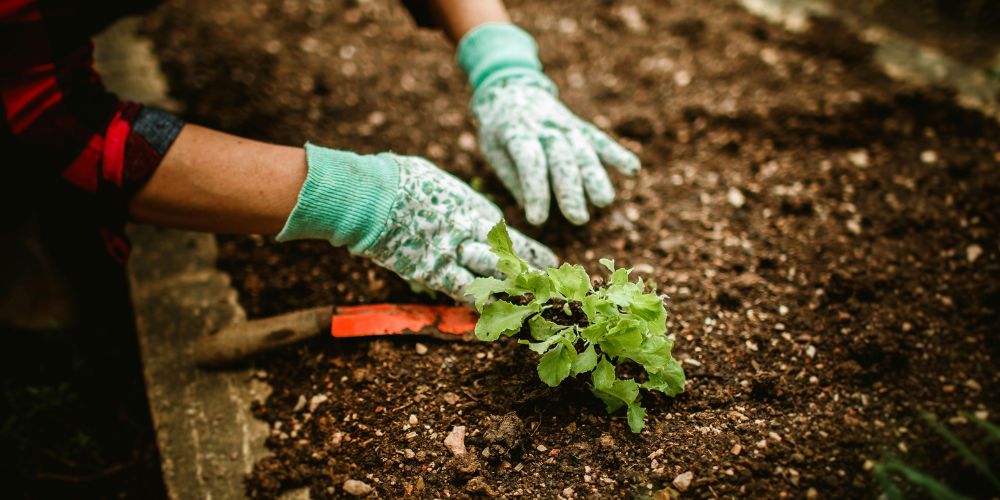How to Design a Garden That Blooms All Year Round

A garden that bursts with color in every season is a joy to behold—and with thoughtful planning, it’s easier to achieve than you might think. By choosing the right plants, arranging them strategically, and caring for them consistently, you can create a vibrant outdoor space that never goes dormant.
Understand Your Growing Conditions
Before you start designing, know your garden’s unique characteristics. Check your hardiness zone to choose plants that thrive year-round. Identify sunny, partially shaded, and fully shaded areas. Test pH and drainage to match plants with suitable growing conditions.
Plan for Seasonal Interest
A four-season garden relies on plants that peak at different times of the year. Tulips, daffodils, lilacs, and azaleas. Roses, daylilies, lavender, zinnias, and sunflowers. Chrysanthemums, asters, ornamental grasses, and sedums. Camellias, hellebores, witch hazel, and evergreen shrubs. Mix early bloomers, mid-season flowers, and late bloomers to keep your garden looking fresh all year.
Include Evergreen Structure
Evergreens provide a constant backdrop of greenery, preventing your garden from looking bare in winter. Use boxwood, juniper, or holly for hedges and borders. Incorporate conifers like spruce or pine for height and texture.
Final Thoughts
Designing a garden that blooms all year round is a blend of art and planning. By combining plants with different flowering seasons, layering your layout, and adding evergreen structure, you can create a space that delights you in spring, summer, fall, and winter alike. With a little care, your garden will be a place of color and beauty no matter the month.
